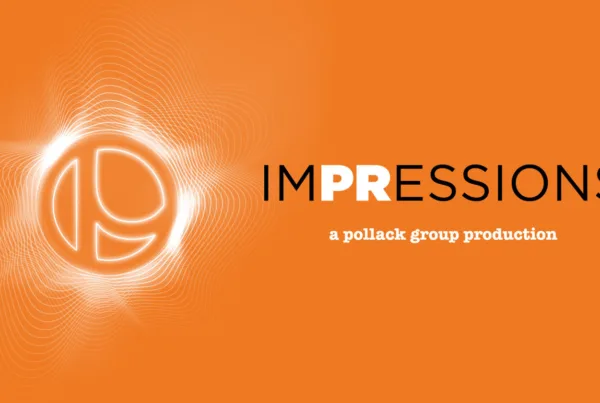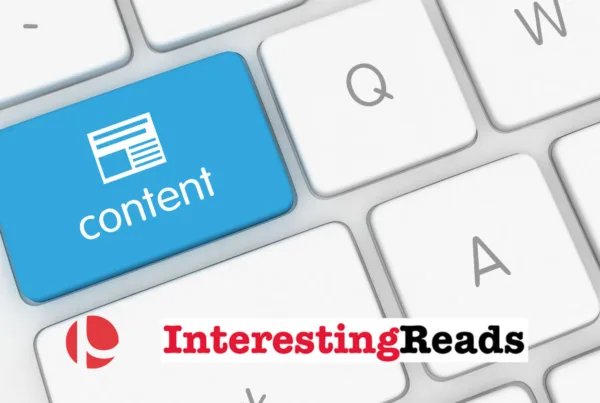
Interesting Reads. Industry news that you may have missed.
How We Hang Out at Work Together Online Now – The New York Times
Instagram and Facebook are old news. TikTok is the bigger, newer player in social media and can take us into classrooms, airplanes, firehouses, and fast-food chains of our real lives. This growingly popular video app encourages users to contribute short videos to hashtag, join in on jokes and challenges, and sing along with clips of songs. It has a cryptic algorithm ruled by creators and has no problem wasting your time.
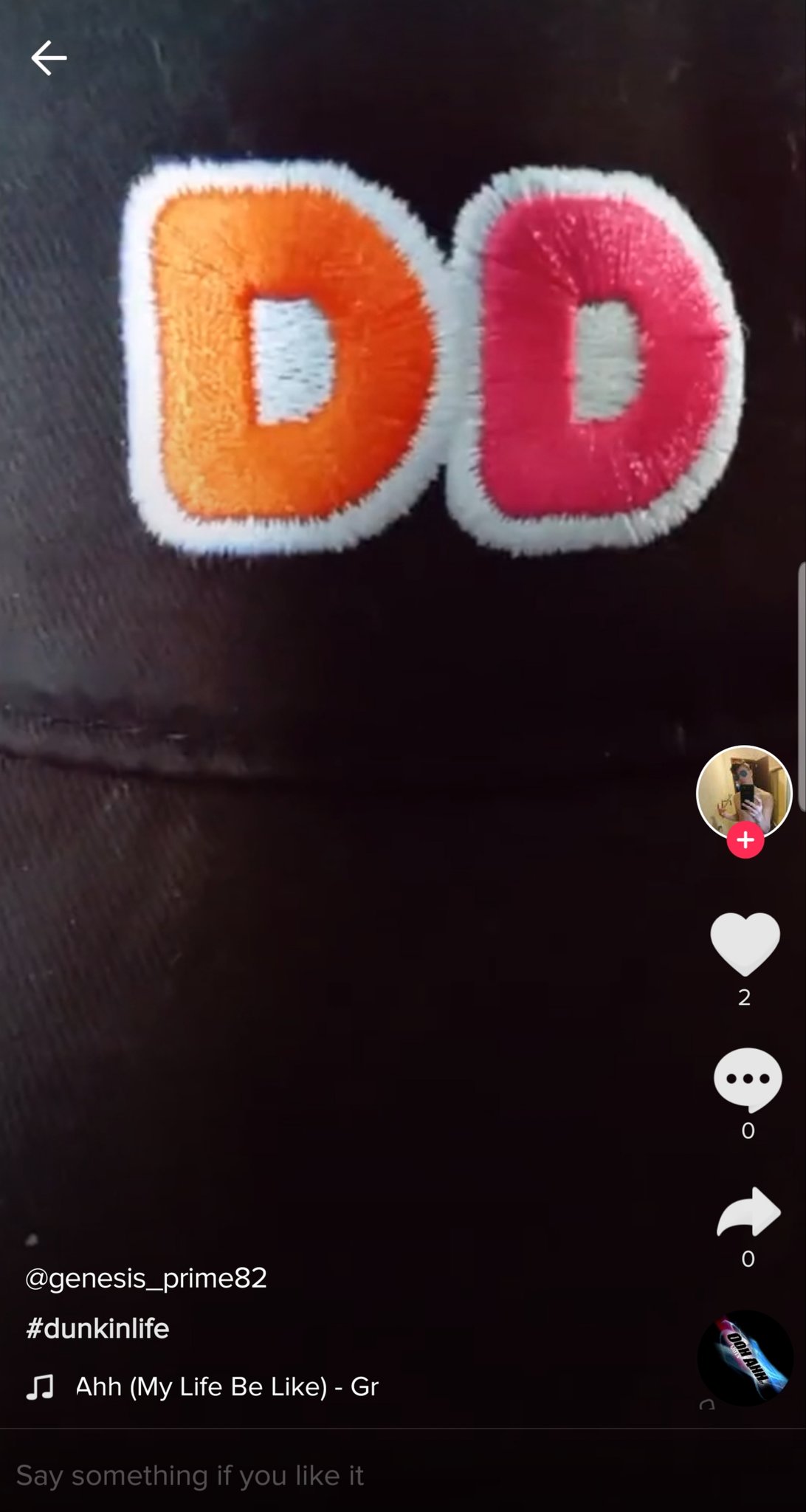
Not a joke: Burger King and Impossible Foods teaming up for Impossible Whopper – Fast Company
On April Fool’s Day, Burger King announced its Impossible Whopper – a partnership with Impossible Food to bring vegetarian options to the fast-food chain. But this was no joke. The Impossible Whopper will launch in Burger Kings around the St. Louis area with plans for a broader rollout. Burger King will now reach a wider range of consumers, finally giving vegetarians a reason to spend their money at the chain.
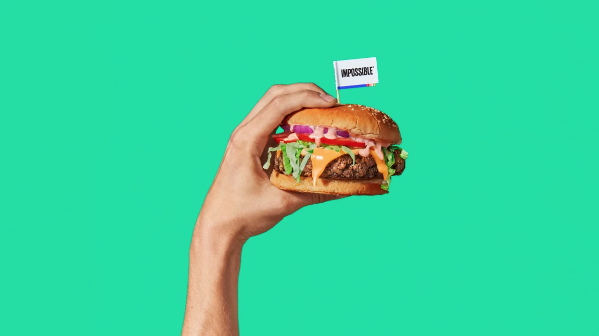
Will Advertisers Of The Future Need To Pay Consumers To See Ads? – Forbes
Privacy concerns are a huge issue facing social media users. For digital advertising, balancing these concerns is a major challenge in order to share relevant messages to consumers. While messages are important, many consumers are becoming skeptical of merged databases and the levels of knowledge it has about a person. A software company called Gener8 has developed a sweet spot for effective targeting without crossing boundaries.
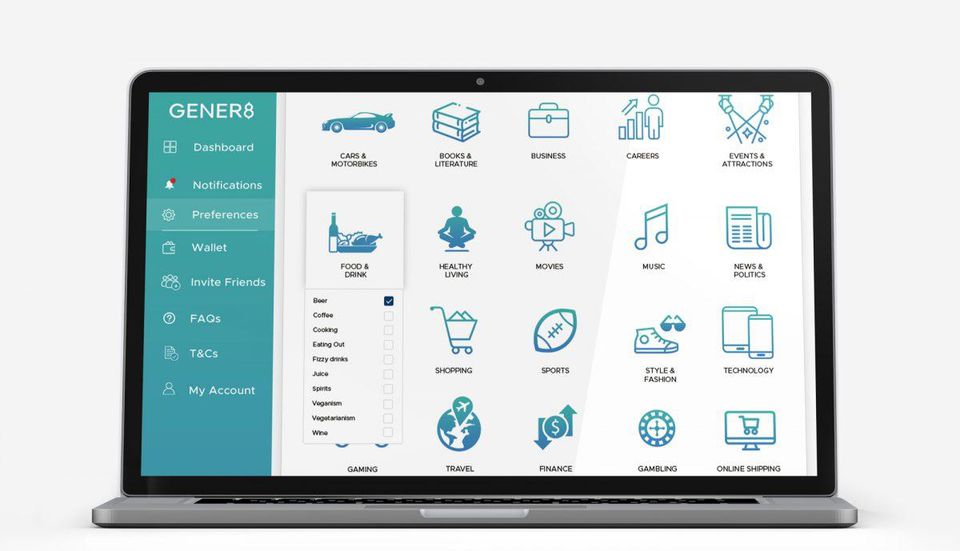
Does Your Smartphone Know if You’re Depressed? – The Wall Street Journal
Researchers are looking into “behavioral biomarkers” such as facial expressions, tone of voice, and language for mental illness. Technology is able to measure shifts in facial and voice cues that aren’t always seen by the average eye or ear. Experts say artificial intelligence has great potential in mental-healthcare as it can sense people’s facial expressions and behaviors to help doctors do a more objective analysis of mental health.


